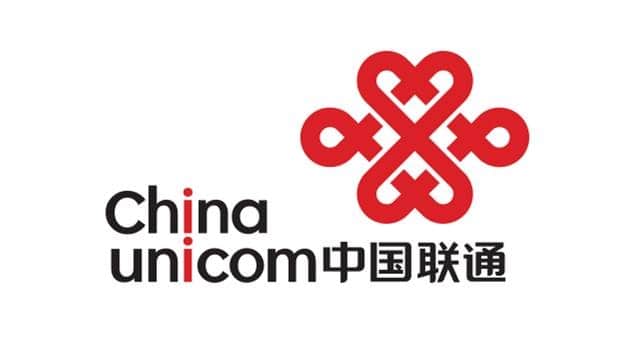China Unicom, Ericsson and Qualcomm Technologies have demonstrated Cat-M1 Voice over LTE (VoLTE) use cases at Mobile World Congress Shanghai 2017.
The demonstrations were conducted using Ericsson’s IoT and VoLTE capable network infrastructure, IoT devices integrated with Qualcomm MDM9206 global multimode LTE IoT modems, and China Unicom’s radio spectrum.
Cat-M1, or LTE Category M1, is a radio technology that offers benefits such as high mobility, low cost, wide coverage, flexible deployment and low latency. Adding VoLTE support to Cat-M1 ensures devices based on this technology have the capability to make voice calls, said Ericsson.
With CAT-M1 VoLTE, operators can deploy low-cost networks while meeting demands for diversified mobile broadband and communication services use cases for the IoT. China Unicom, Ericsson and Qualcomm have previously demonstrated a Cat-M1 call on China Unicom’s network in Beijing.
Two Cat-M1 VoLTE use cases were demonstrated at MWC Shanghai;
i. Fire alarm trigger panel
Emergency communication panels are widely used in a variety of scenarios, including fire alarm trigger panels, urban and highway emergency assistance communication panels, and elevator emergency call systems. However, these systems can be very complicated to deploy and require distributed support systems for various applications. With Cat-M1, these emergency communication devices can be designed or retrofitted to support wireless connectivity for more flexible deployment. With the addition of VoLTE capability, voice communication between these devices and emergency centers is supported. In addition, these devices can be centrally managed by the Ericsson IoT Accelerator platform to enable easier configuration of end-to-end services.
ii. GPS emergency tracking device
The capacity limitations of GSM- or LTE-based mobile phones or walkie-talkies are such that coverage can be limited in remote areas. As a result, there is a risk that people may not be able to use these devices to contact families or first responders in an emergency. The improved coverage and longer battery life offered by Cat-M1 technology can be used to create more reliable GPS emergency tracking devices.
According to Ericsson, such devices can use data services to send GPS location data while enabling VoLTE calls for coordinated emergency response.
Guanglu Shao, Executive Director and SVP, China Unicom
We launched NB-IoT on a pre-commercial basis on May 12 in Shanghai. This cooperation on eMTC with Ericsson and Qualcomm is a new venture intended to boost social intelligence and the Internet of Everything through wide cooperation and the construction of leading networks.
Frank Meng, Chairman of Qualcomm China
We are pleased to have successfully demonstrated the great potential and unique advantages of VoLTE on LTE IoT Cat-M1 to support new IoT applications and service areas, especially for use cases requiring voice.




















